The History of Formula 1
The Evolution of Car Development in Formula 1
Formula 1, known for its speed and technological innovation, has undergone remarkable
transformations since its inception in 1950. The evolution of F1 cars reflects not only the
changing dynamics of motorsport but also advancements in engineering, safety, and
sustainability. This message explores the significant milestones in car development within the
context of Formula 1’s history.
Early Years: 1950s
In the inaugural 1950 season, F1 cars were primarily based on pre-war Grand Prix vehicles.
Manufacturers like Alfa Romeo, Ferrari, and Maserati dominated the scene. These early cars
featured front-engine designs, a layout that was typical of the era. The Alfa Romeo 158, driven
by Juan Manuel Fangio, showcased powerful engines but lacked modern aerodynamics.
As the decade progressed, teams began to understand the importance of aerodynamics and
weight distribution. By the late 1950s, innovations such as the rear-engine layout, pioneered
by Cooper, changed the game. This shift allowed for better weight balance and handling,
leading to increased performance on the track.

The 1960s: Aerodynamics and Safety
The 1960s marked a significant era in F1 car development. With the introduction of
sponsorship, teams began investing more in research and development. This period saw the
rise of innovative designs, most notably the Lotus 49, which incorporated a fully stressed
chassis. This design not only reduced weight but also improved rigidity, allowing for better
handling.
Aerodynamics became increasingly critical as teams experimented with wings and body
shapes. The introduction of front and rear wings in the late 1960s provided significant
downforce, enhancing cornering speeds. However, the pursuit of speed came at a cost.
The decade was marred by several fatal accidents, prompting a greater emphasis on
safety in car design.
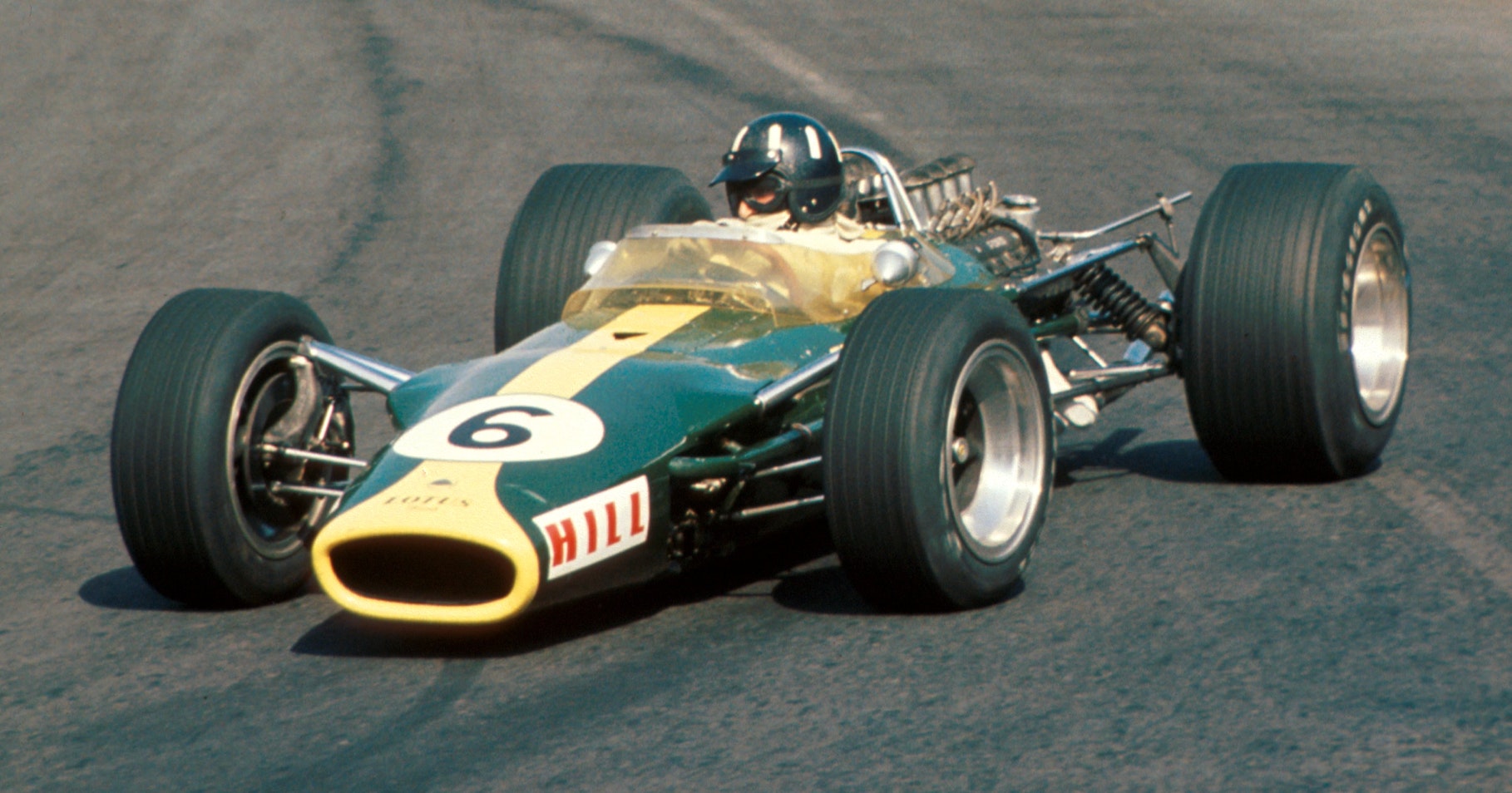
The 1970s: Turbocharged Power and Ground Effects
The 1970s ushered in the turbocharged era, beginning with Renault’s pioneering efforts in 1977.
Turbo engines provided significant power boosts, allowing teams to explore new design philosophies.
However, these engines also posed challenges in terms of reliability and weight.
Ground effects technology emerged during this decade, revolutionizing car design. The Lotus
79, introduced in 1978, utilized venturi tunnels to create immense downforce without
increasing drag. This innovation allowed cars to corner at unprecedented speeds, but it also
highlighted the need for regulatory measures, as teams sought ways to exploit the technology.

The 1980s: Electronics and Enhanced Safety
As the 1980s progressed, electronic systems began to play a vital role in car development.
Teams like McLaren and Williams integrated sophisticated telemetry and data analysis to
optimize performance. This decade also saw the introduction of semi-automatic gearboxes,
enhancing driver control and performance.
Safety became a focal point in car design following several tragic accidents. The introduction
of composite materials improved crashworthiness, and the implementation of the
monocoque chassis design provided greater protection for drivers. The FIA’s safety initiatives
led to significant changes in track and car regulations, including the standardization of certain
safety features.
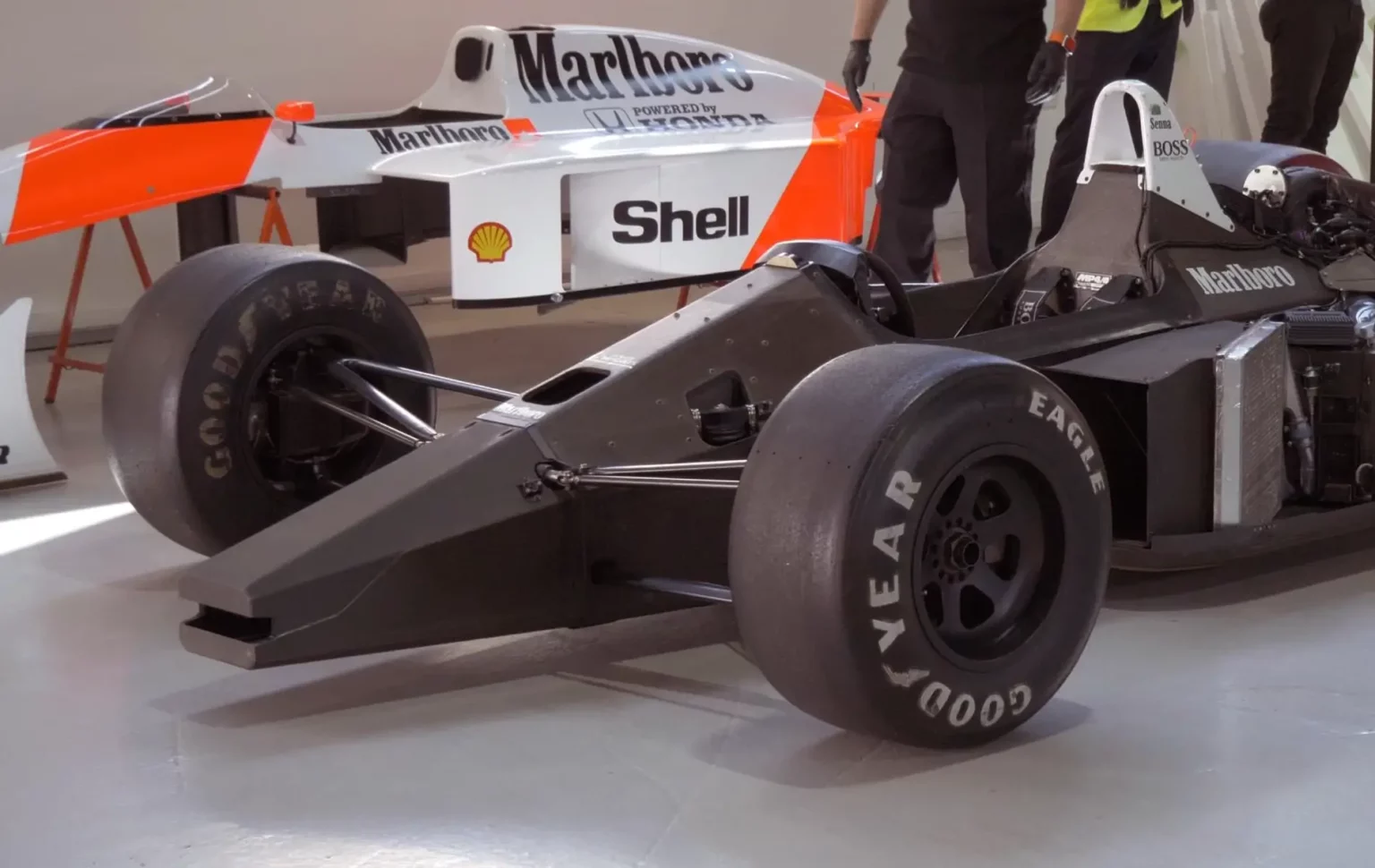
The 1990s: Aerodynamics and Regulation Changes
The 1990s were characterized by intense competition and technological rivalry. The Williams
FW14B, featuring active suspension and advanced aerodynamics, dominated the early part of
the decade. However, regulatory changes, including the banning of electronic aids and active
suspension, led to a shift in design focus.
This period also marked the rise of safety features, including the introduction of the HANS
device (Head and Neck Support) to protect drivers during collisions. Cars became heavier due
to the addition of safety features, and teams had to balance performance with regulatory
compliance.
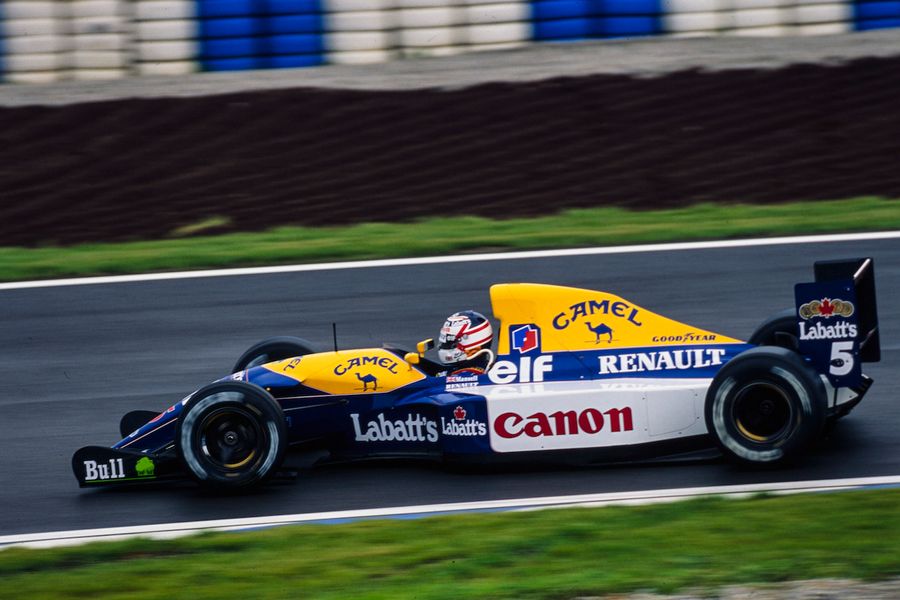
The 2000s: Schumacher’s Era and Technological Advancements
The early 2000s saw Michael Schumacher’s dominance, with Ferrari leading the charge in
technological innovation. The F2004, for example, was a marvel of engineering, combining
aerodynamics, power, and reliability. This era also saw the introduction of wider tires, which
improved grip and handling.
However, the increasing complexity of car design raised concerns about costs and competitiveness.
In response, the FIA introduced measures to limit technological advancements, such as
engine regulations and a freeze on engine development, aiming to level the playing field.
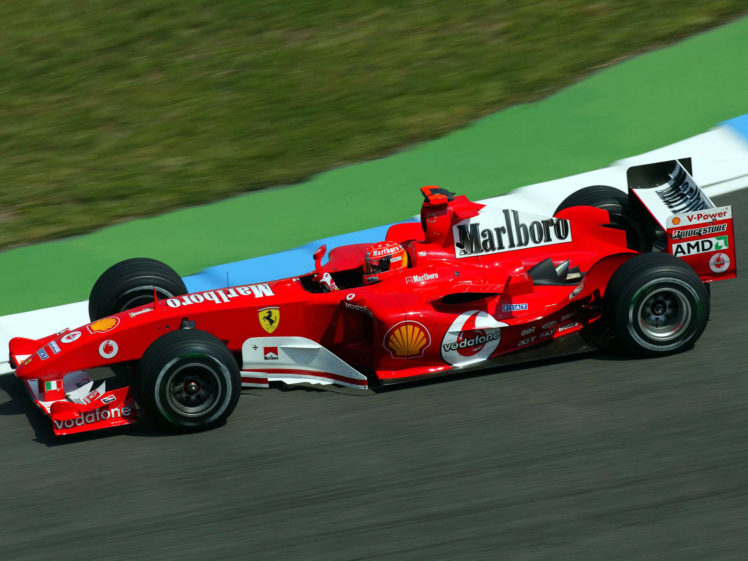
The 2010s: Hybrid Power Units and Sustainability
The introduction of hybrid power units in 2014 marked a significant shift in F1 car development.
The new regulations mandated a combination of internal combustion engines and energy recovery
systems (ERS), dramatically altering the landscape. Teams like Mercedes, with their efficient
power units, gained a competitive edge, leading to a period of dominance.
This era also emphasized sustainability, prompting teams to focus on energy efficiency and
reducing carbon footprints. The integration of advanced materials and sustainable practices
became essential for teams aiming to remain competitive while adhering to environmental standards.

Recent Developments and the Future
As F1 approaches the 2020s, the emphasis on sustainability continues to shape car development.
The introduction of new technical regulations aims to make racing more competitive while
reducing costs. These changes include modifications to aerodynamics and the introduction
of new tire compounds to promote overtaking.Additionally, the ongoing development of electric
and hybrid technologies in the automotive industry influences F1 design. The sport’s
commitment to sustainability is reflected in initiatives like the Formula E series and
collaborations with manufacturers focused on green technology.
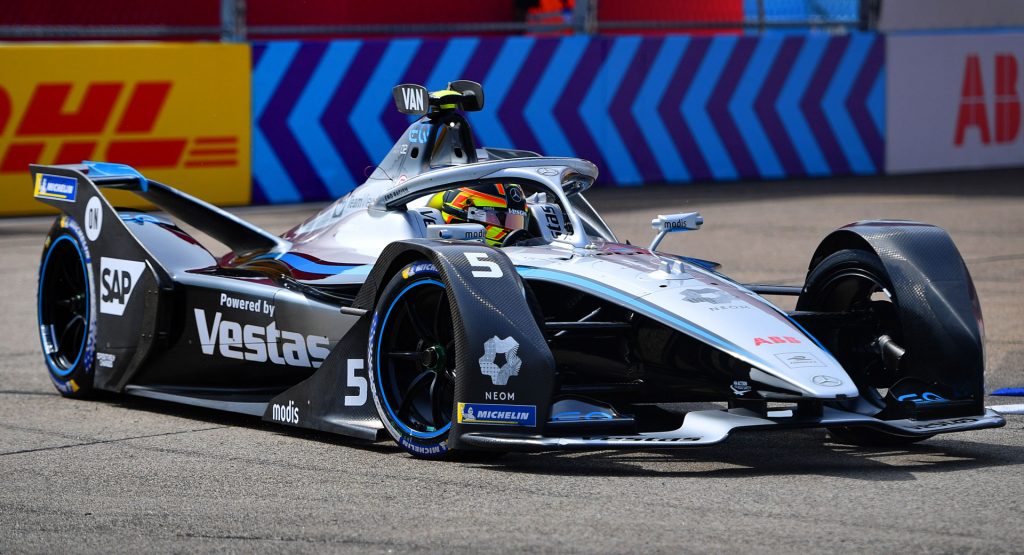
Conclusion
The evolution of car development in Formula 1 is a testament to the sport’s relentless
pursuit of innovation, speed, and safety. From the early days of front-engine designs to the
current hybrid power units, F1 cars have continuously adapted to meet the demands of both
competition and technological advancement. As the sport moves forward, the balance between
performance, safety, and sustainability will remain at the forefront of car development, ensuring
that Formula 1 continues to captivate fans and push the boundaries of automotive engineering.




